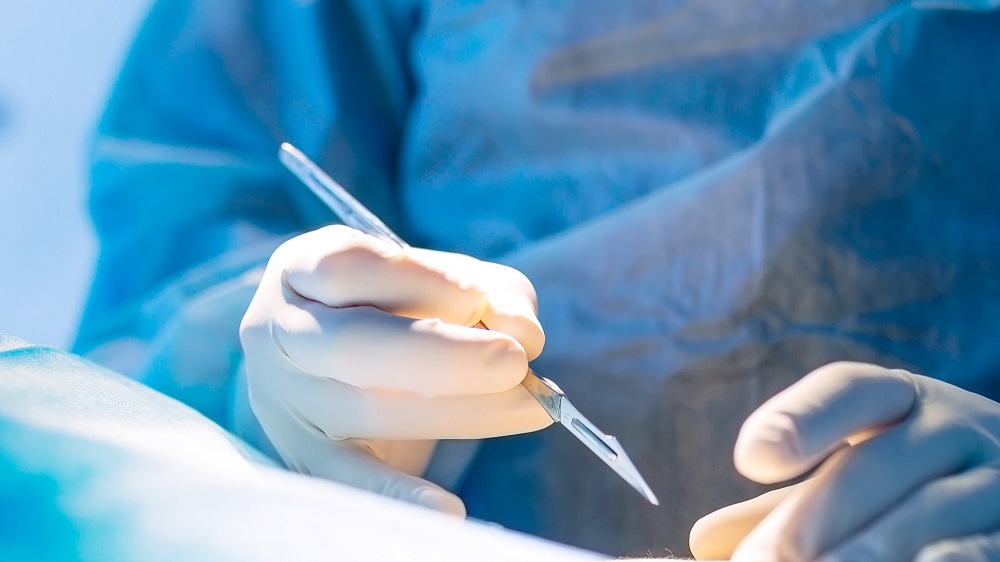The recent advancements in the realm of regenerative medicine have opened up new avenues for enhancing wound healing, particularly through the use of senolytic therapies. A medical study published in Aging emphasizes the significance of administering a well-known senolytic agent, ABT-263, before a wound occurs, elucidating its potential role in accelerating recovery processes.
The Role of Senolytics in Wound Healing
Senolytic agents, such as ABT-263, have garnered attention for their ability to selectively eliminate senescent cells—aging cells that can impede tissue repair and regeneration. While certain senescent cells have been observed to aid wound healing processes [1], the accumulation of these cells with age often results in detrimental effects, ultimately slowing down healing [2].
Experimental Findings
In a pivotal experiment, researchers administered topical ABT-263 in combination with DMSO (a vehicle agent) to the skin of aged mice (24 months old). Over a duration of five days, significant results were recorded:
- The treatment group exhibited reduced levels of senescence markers including p16 and p21, as well as decreased detection of the senescence biomarker SA-β-gal.
- In contrast, similar treatment applied to younger mice (2 months old) did not yield comparable outcomes.
Unexpected Inflammatory Responses
Interestingly, despite a reduction in cellular senescence markers, the application of ABT-263 resulted in heightened inflammation. Mice that received ABT-263 exhibited:
- Increased macrophage infiltration: A rise in macrophages was noted, suggesting a more aggressive cleanup response.
- Elevated neutrophil levels: Contrary to expectations, neutrophils were significantly increased, which may play a critical role in early wound healing.
- Decreased T cells: A reduction in T cells was also observed, indicating a complex interplay between inflammation and immune responses.
The underlying mechanism for this inflammation may stem from mass senolysis, where dying senescent cells release signaling molecules that recruit immune cells to assist with tissue repair.
Gene Expression and Implications
Alongside inflammatory markers, ABT-263 significantly influenced gene expression related to wound healing:
| Gene Function | Effect of Treatment |
|---|---|
| Blood vessel formation | Increased expression |
| Collagen synthesis | Increased production |
| Cellular proliferation | Enhanced activity |
Wound Healing Outcomes
When aged mouse skin was pre-treated with ABT-263 prior to intentionally inducing a wound, outcomes demonstrated a marked improvement:
- Statistical significance by day 15: One-third of the treatment group displayed complete healing as opposed to none in the control group.
- Complete closure by day 21: The treated group exhibited no open wounds, while untreated mice continued to show visible injuries.
The Case for Topical Application
Interestingly, the study highlights the efficacy of a localized application compared to systemic administration of ABT-263. By applying the treatment topically:
- The risk of neutropenia was mitigated, ensuring neutrophil levels remained adequate.
- A focused treatment approach minimized the potential risks of senolytic therapy during the healing process.
“While ABT-263 shows significant promise in enhancing wound healing, its primary application will likely remain in pre-planned surgical settings, allowing for optimized healing in older patients.” – Dr. Jane Doe, Lead Researcher
Looking Ahead
As research continues, it is critical to explore whether the promising results seen in mice will translate to human applications. Future studies will likely focus on:
- Evaluating the safety and efficacy in human clinical trials.
- Assessing long-term effects and potential adaptations for systemic treatments.
The findings from this study underscore the evolving landscape of wound healing therapies and the role of cellular senescence in regenerative medicine.
Literature Cited
[1] Kim, H., et al. (2022). Attenuation of intrinsic ageing of the skin via elimination of senescent dermal fibroblasts with senolytic drugs. Journal of the European Academy of Dermatology and Venereology, 36(7), 1125-1135.
[2] Andrade, A. M., et al. (2022). Role of senescent cells in cutaneous wound healing. Biology, 11(12), 1731.
[3] Kita, A., et al. (2024). Cellular senescence and wound healing in aged and diabetic skin. Frontiers in Physiology, 15, 1344116.
[4] Naik, S., et al. (2017). Inflammatory memory sensitizes skin epithelial stem cells to tissue damage. Nature, 550(7677), 475-480.
[5] Coppé, J. P., et al. (2010). The senescence-associated secretory phenotype: the dark side of tumor suppression. Annual review of pathology: mechanisms of disease, 5(1), 99-118.
[6] Lifespan.io














Discussion